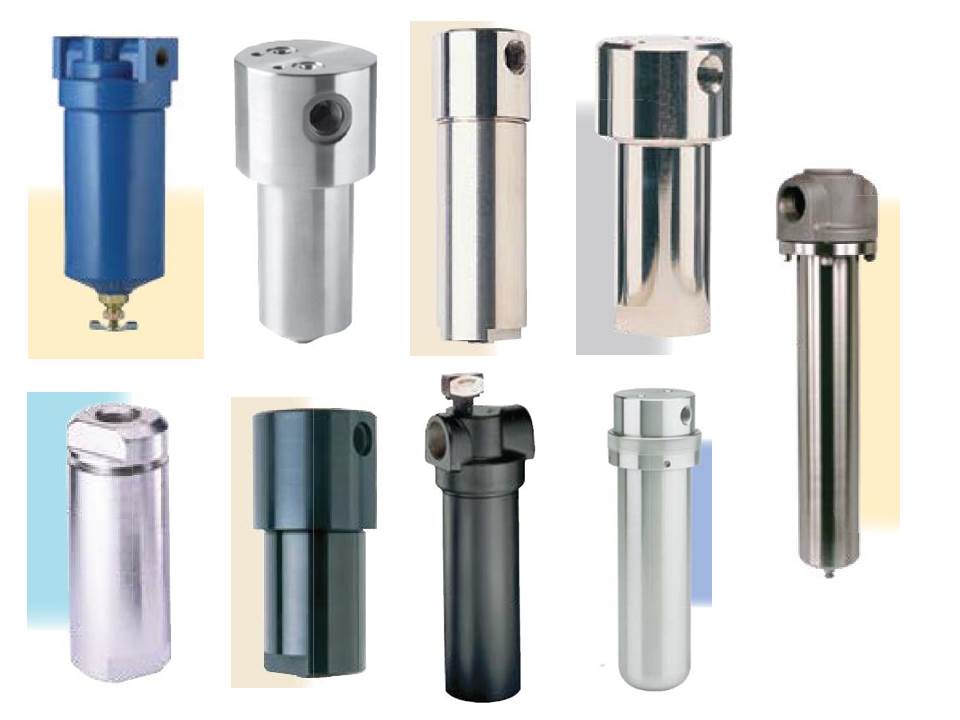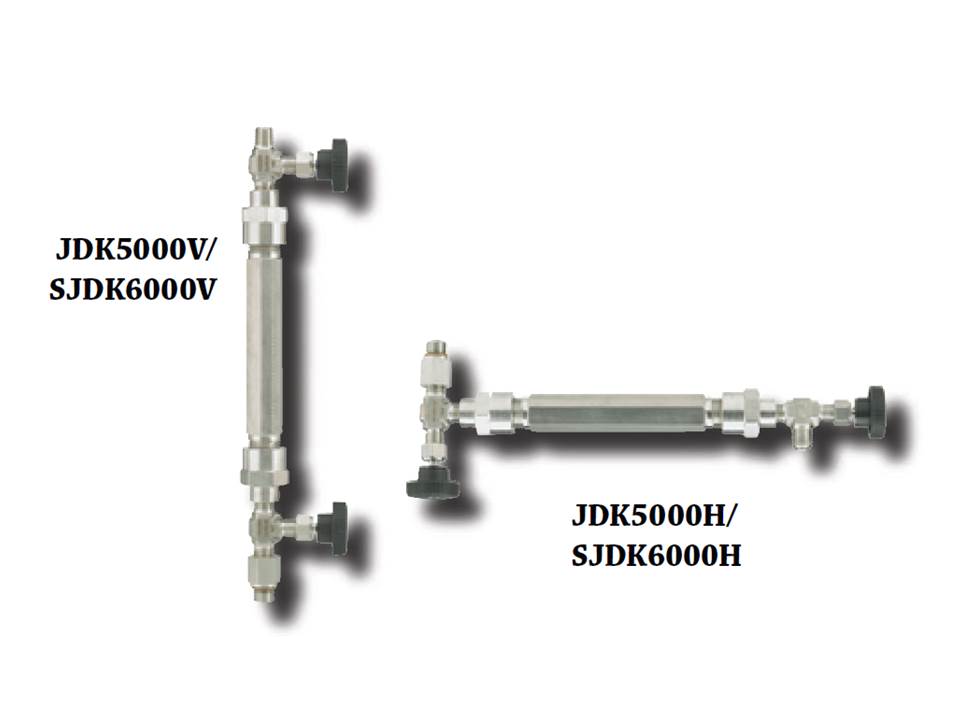Category: High Pressue & CNG Filters
Product Code: High Pressure Filters
Applications
High Pressure Breathing Air
The filtration of compressed air is critical to ensure that it meets stringent air quality requirements for use in breathing air applications as set forth by North American agencies such as the Occupational Health and Safety Administration (OSHA) and Canadian Standards Association (CSA). Breathing air is used for scuba tanks, fire rescue equipment, and emergency respiratory gear. Any contaminants in the air stream may cause equipment damage and malfunction, requiring costly repairs and replacements, and ultimately creating a hazardous situation for any users of high pressure breathing air apparatus. The use of filters will protect the consumer’s health and keep equipment safe and fully operational. At the source, a coalescing filter will remove any oil or other liquid contaminants that may be carried downstream. At the point of use, conventional compressed air must be free of impurities such as moisture, oil vapors and any harmful tastes and/or odors before it can safely be used as breathing air .
PET Blow Molding
PET, or polyethylene terepthalate, is a recyclable material used to make bottles by blow molding. Food and beverage containers are just a few of the many products that can be manufactured from this thermoplastic. In order to ensure that these products remain contaminant free throughout a process, they must be manufactured with clean, dry air. The proper combination of filters will prevent compressor oils, pipe scale and other damaging impurities from building up on equipment.
At the CNG Fueling Station
Installing a lower pressure particulate filter (H-Series Housing 3PU Media) before the compressor station will remove pipe scale to prevent compressor damage. Before the gas is transported from storage to the dispenser, prefiltration of the gas with two-stage coalescing will eliminate solids, oil and water generated during underground transit. For extra protection, a high efficiency coalescer should be placed at the gas dispenser to protect sensitive dispenser metering equipment and prevent oil from making its way into the vehicle.
Onboard CNG Vehicles
Filtration is the key to guarding against damaging contaminants that could ruin a fuel system. Installing a coalescer upstream of the high pressure regulator extends the system’s life and reduces maintenance costs. A low pressure filter can also be used downstream of the regulator to protect other fuel injection system components.
Other applications include:
General high pressure compressed air
High pressure testing
Offshore applications
High pressure gas storage
Corrosive gases
Specialty gases
Air-blast circuit breakers
Leak testing of hydraulic equipment
Shipboard air distribution systems
Shipboard air distribution systems
Coalescing elements:
Coalescing elements are specially designed for the removal of liquid contaminants from gaseous flows. These media types flow from the inside of the element to the outside. Coalesced liquid (water and oil) collects in the bowl where it is drained, while clean air or gas exits the housing through the outlet port. Particulate contaminants are captured and held in the media.
Water Separator element:
|
|
Type C Coalescing element composed of an epoxy saturated, borosilicate glass microfiber tube in intimate interlocking contact with a rigid retainer. Surrounded by a coarse fiber drain layer, retained by a synthetic fabric safety layer. Some models are available with molded elastomeric end seals (CU), or with metal end caps and fluorocarbon gaskets. |
|
|
Type H Coalescing element similar to type “C,” however no rigid retainer is used. Typically used in applications with low or constant flow rates. |
|
|
Type Q Coalescing element with the same configuration as “C” tube, but with “3P” type pleated cellulose prefilter built-in. Includes molded elastomeric end seals (QU). Some models offer the option of metal end caps and fluorocarbon gaskets. |
|
|
Type 7CVP Coalescing element made of pleated glass media. Metal retained for added strength. Includes metal end caps and fluorocarbon gaskets for proper sealing. Only available in grade 7. |
|
|
Type 100WS This all stainless steel element has two metal retainers with rolled mesh screen in between. This cleanable element combines liquid droplets and aerosols, separating the liquids from the gas stream in systems with high liquid loads. |
Particulate elements:
Particulate filters such as G, F, T and 3P flow from the outside of the element to the inside. Particles collect in the element, while the clean air exits through the outlet port.
|
|
Type 3P Pleated cellulose particulate removal element. Includes molded elastomeric end seals (3PU). Some models offer the option of metal end caps and fluorocarbon gaskets. |
|
|
Type G Particulate removal element constructed of the same fiber matrix as type “C”, but with no rigid retainer or drain layer. |
|
|
Type F Particulate removal element like “G” tube, except fluorocarbon saturant replaces epoxy. |
|
|
Type T Particulate removal element like “G” tube, except high temperature fluorocarbon saturant replaces epoxy. |
Adsorption elements:
Adsorption elements are used to remove vapors (hydrocarbon or water) that are not removed by the coalescing filter. Hydrocarbon vapors collect in the element, while clean air exits the ho sing through the outlet port. In this element, the air or gas flows from the outside of the element to the inside.
|
|
Type A Hydrocarbon vapor removal element. Ultrafine grained, highly concentrated, activated carbon sheet media. Includes molded elastomeric end seals (AU). Some models offer the option of metal end caps and fluorocarbon gaskets. |
|
|
Type 10JWM Vapor adsorbing filter element consisting of a grade 10 microfiber tube, strengthened by a perforated metal retainer and then filled with molecular sieve, which works as a desiccant dryer, making the air clean and dry as it exits. This element should always be preceded by a coalescing filter. |
|
|
Type 10JWA Vapor adsorbing filter element consisting of a grade 10 microfiber tube, strengthened by a perforated metal retainer and then filled with activated alumina, which works as a desiccant dryer, making the air clean and dry as it exits. This element should always be preceded by a coalescing filter. |
Media Grades:
|
|
Grade 4 Grade 4 filter elements are very high efficiency coalescers; for elevated pressures or lighter weight gases. Recommended when system pressure exceeds 500 PSIG. |
|
|
Grade 6 Grade 6 filter elements are used when “total removal of liquid aerosols and suspended fines” is required. Because of its overall performance characteristics, this grade is most often recommended below 500 PSIG. |
|
|
Grade 7CVP Grade 7CVP filter elements are made with two layers. The inner layer (left) effectively traps dirt particles, protecting and extending the life of the outer layer. The coalescing outer layer (right) consists of a dense matrix of glass fibers, providing highly efficient aerosol removal. |
|
|
Grade 8 Grade 8 filter elements provide high efficiency filtration in combination with high flow rate and long element life. |
|
|
Grade 10 Grade 10 filters are used as prefilters for grade 6 to remove gross amounts of aerosols or tenacious aerosols which are difficult to drain. This grade is often used as a ‘coarse’ coalescer. |
|
|
Grade 3P Three micron pleated cellulose filters are used for particulate interception where very high dirt holding capacity and a relatively fine pore structure are required. |
|
|
Grade A A (Adsorption) filters are used to remove hydrocarbon vapor, most typically in preparation for breathing air. (Must be preceded by grade 6C coalescer.) |

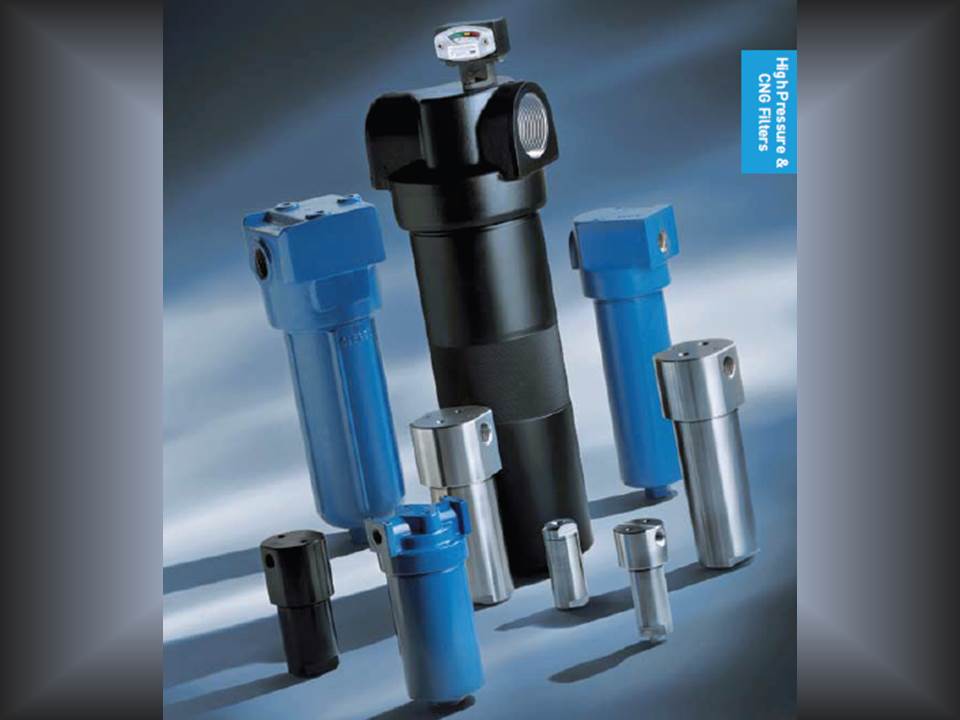
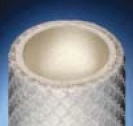
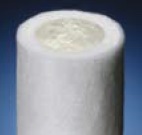
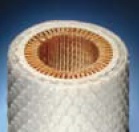
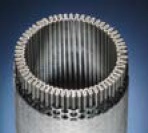
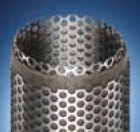
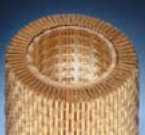
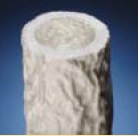

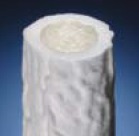
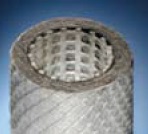
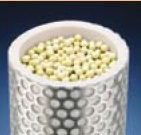
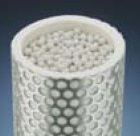
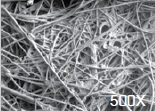
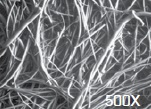
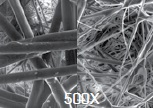
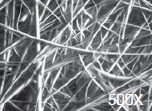
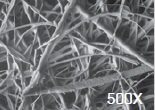
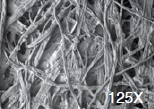
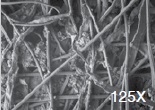
 Add to Enquiry Cart
Add to Enquiry Cart Print
Print
